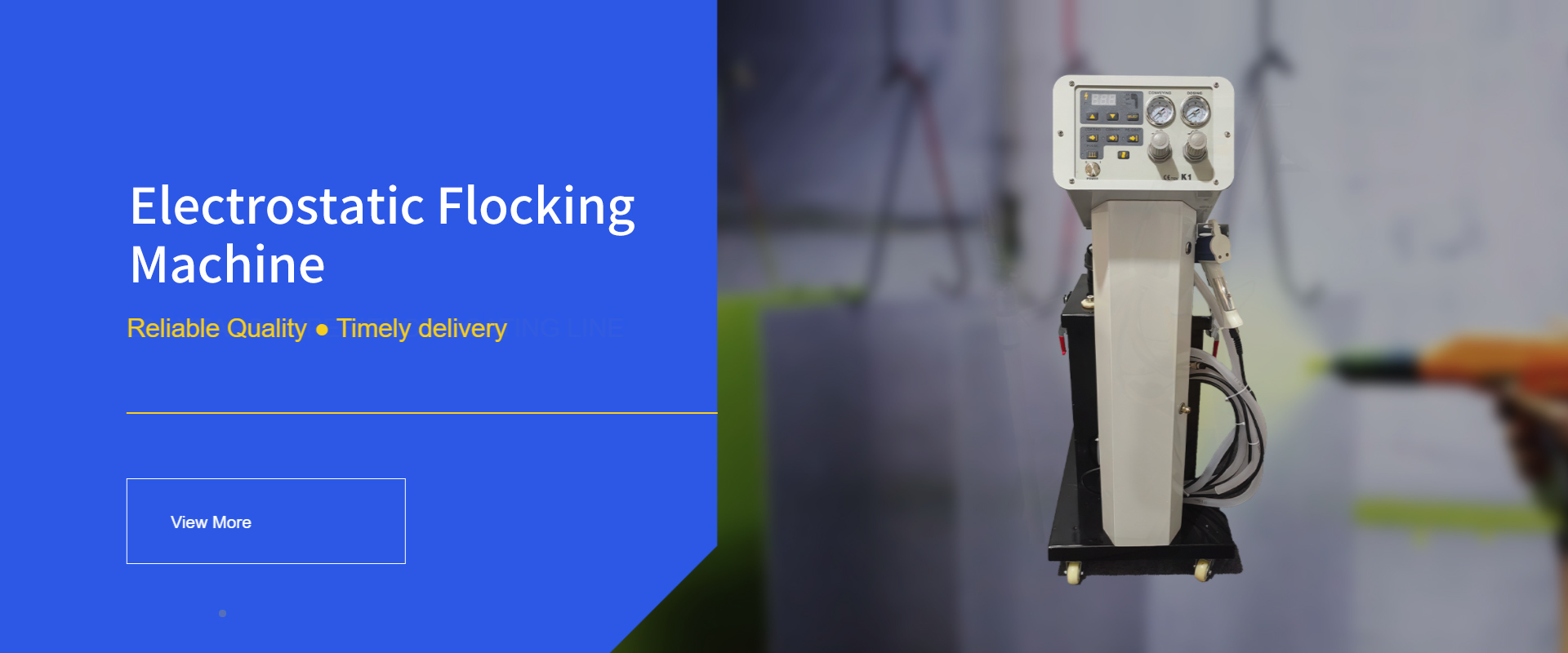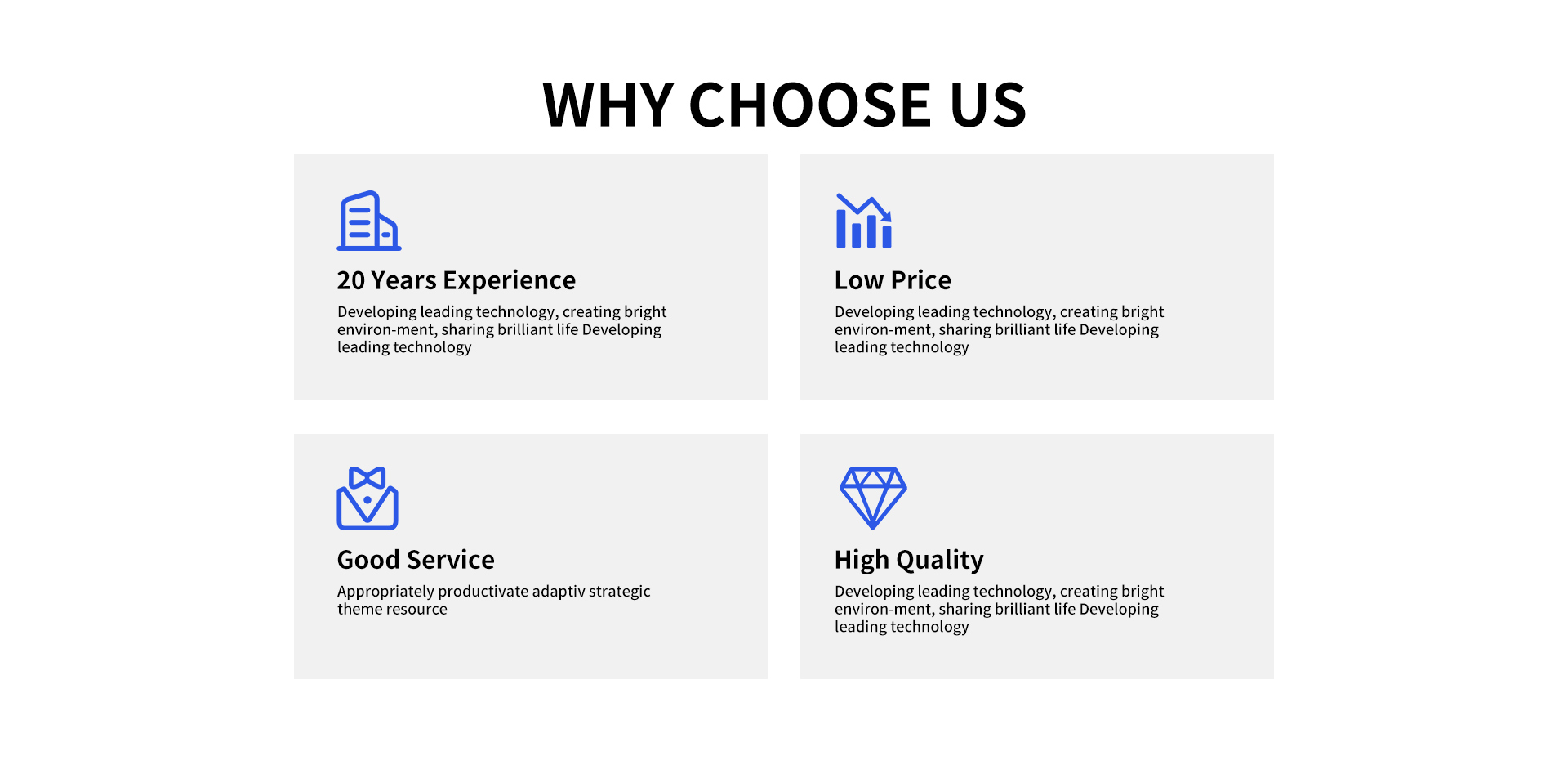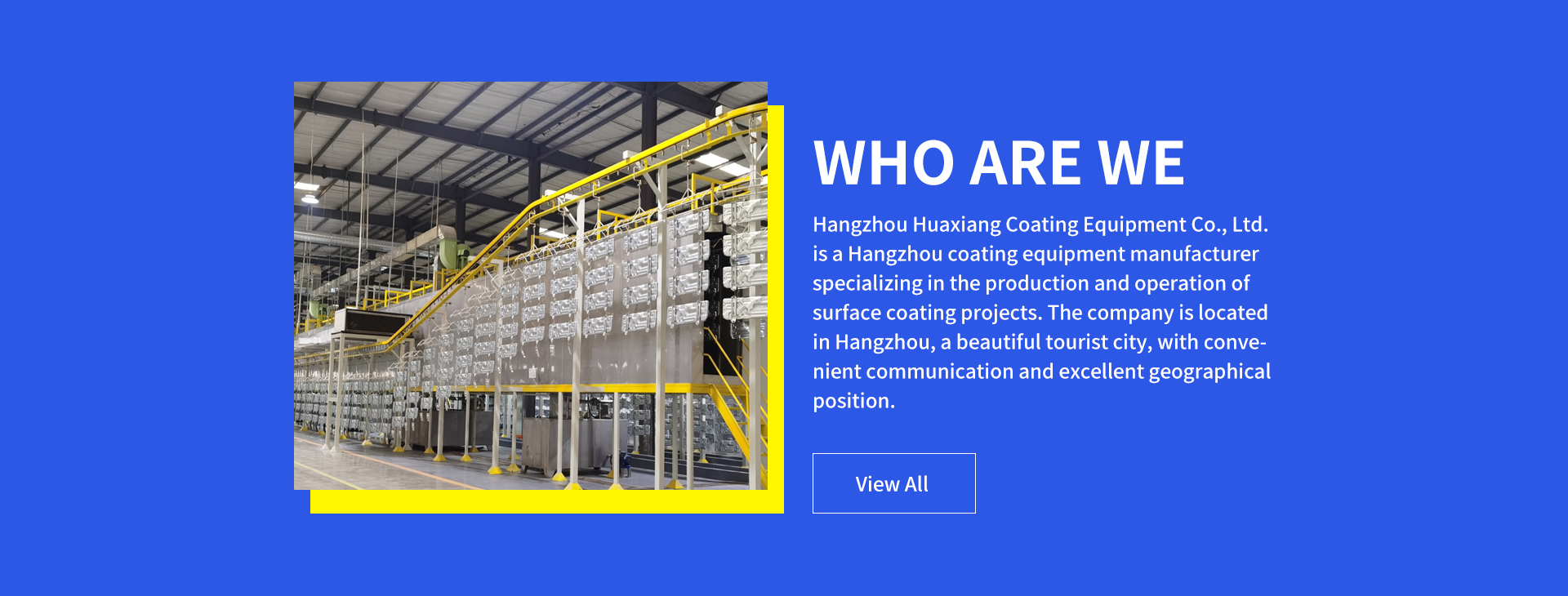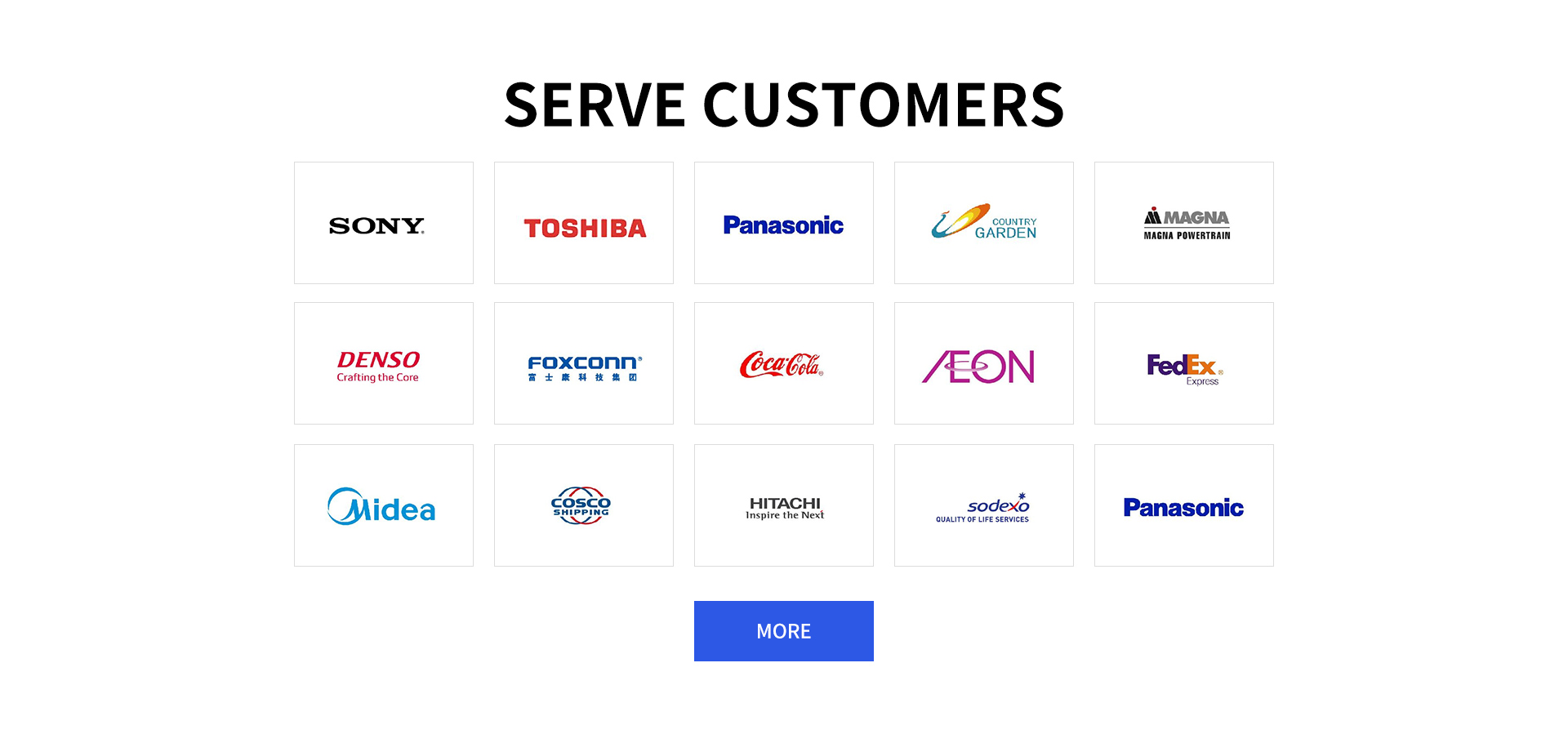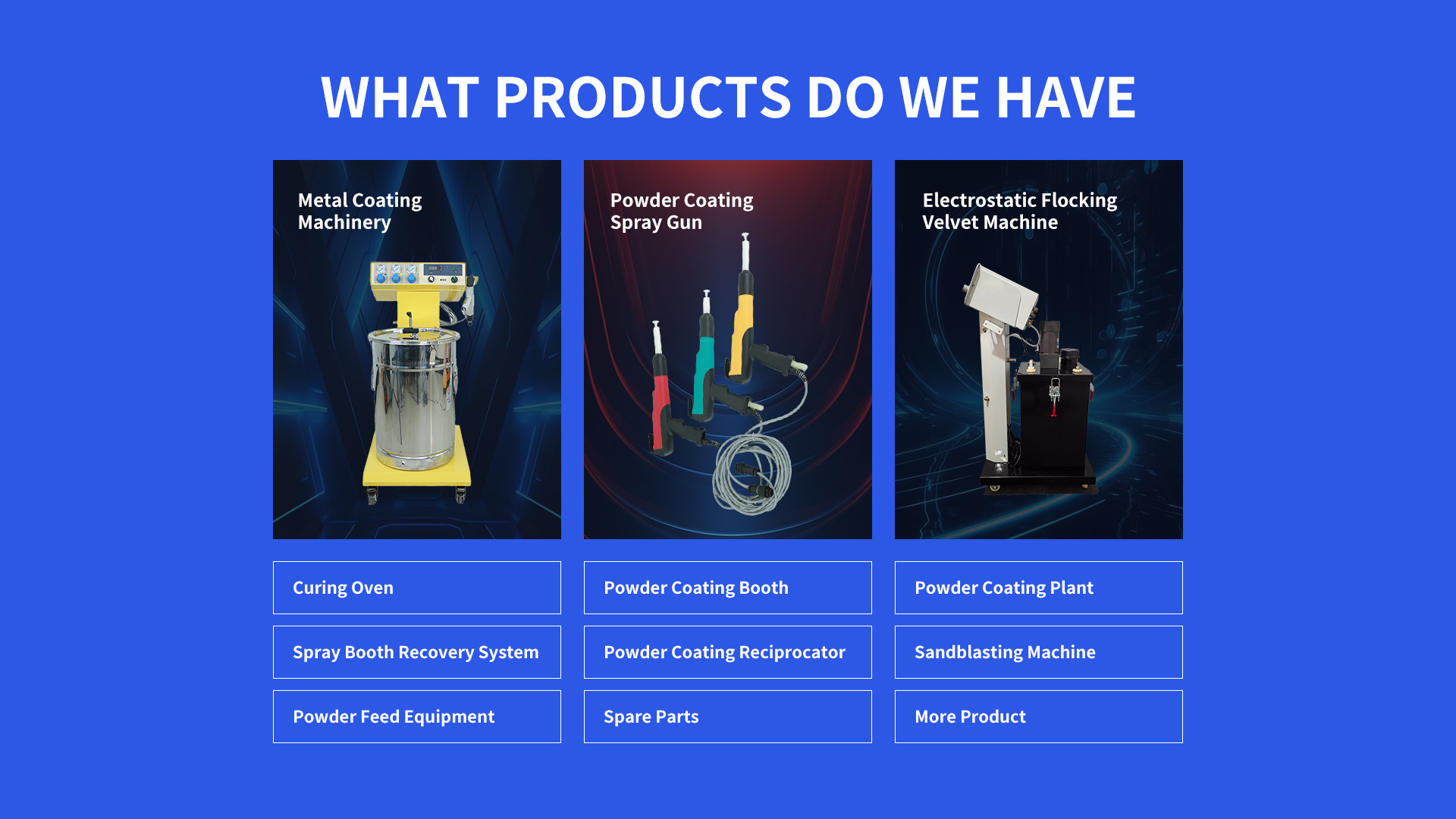Industrial Powder Coating Ovens are specialized thermal systems designed to cure powder-coated surfaces into durable, high-performance finishes. These ovens use precise temperature control to melt and bond powder particles, creating layers resistant to corrosion, abrasion, and environmental stress. Built for heavy-duty applications, they feature robust insulation, advanced airflow systems, and energy-efficient heating methods (electric, gas, or infrared). Ideal for automotive, aerospace, and manufacturing sectors, industrial powder coating ovens ensure consistent results for large-scale production while reducing operational costs and environmental impact.
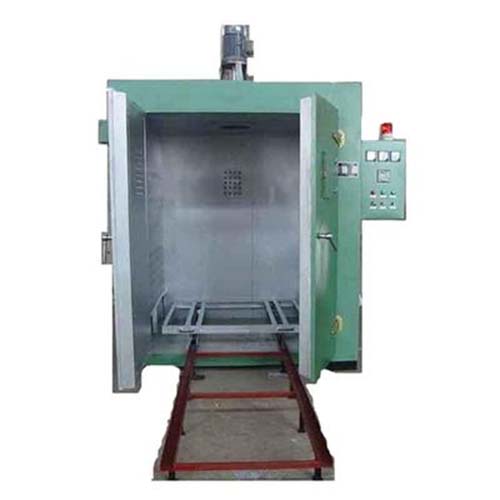
1. Industrial Powder Coating Oven Components and Structure
An Industrial Powder Coating Oven typically includes a reinforced steel frame, heat-resistant insulation, heating elements (electric coils, gas burners, or infrared panels), and a convection system for airflow. The insulated chamber minimizes heat loss, while temperature sensors and programmable controllers maintain curing accuracy. Exhaust systems remove volatile compounds, and safety mechanisms like overheat alarms ensure compliance with industrial standards. Modular designs allow customization for batch or conveyor-based production lines.
2. Applications of Industrial Powder Coating Ovens
These ovens are vital in industries requiring high-volume, high-quality finishes. Automotive plants cure coatings on car bodies and engine parts, while aerospace manufacturers treat aircraft components for extreme conditions. Appliance producers use them for refrigerators, ovens, and washing machines. Metal fabrication shops rely on industrial ovens for machinery, agricultural equipment, and architectural structures. Their versatility also extends to furniture, electronics, and renewable energy sectors.
3. Design Considerations for Industrial Powder Coating Ovens
Key design factors include temperature uniformity, energy efficiency, and safety compliance. Uniform heat distribution prevents under-cured or overcured spots, critical for product quality. Insulation thickness and material (e.g., ceramic fiber) impact energy consumption and operating costs. Compliance with OSHA, NFPA, or CE standards requires flame arrestors, emergency vents, and gas detection systems. Conveyor speed and oven length must align with production throughput for seamless integration.
4. How to Choose the Right Industrial Powder Coating Oven
Selecting an Industrial Powder Coating Oven depends on production scale, budget, and material types. High-volume manufacturers prioritize gas or infrared ovens for rapid curing, while smaller operations may opt for electric models with lower upfront costs. Evaluate insulation quality, controller precision, and compatibility with existing systems. Energy-efficient designs reduce long-term expenses, while modular ovens offer scalability. Always verify certifications and warranty terms.
5. Q&A on Industrial Powder Coating Oven Devices
Q: What temperature range suits most industrial powder coatings?
A: Most coatings cure between 300°F–450°F, but temperature uniformity must align with material specifications.
Q: Can these ovens handle oversized or irregularly shaped items?
A: Custom-designed chambers with adjustable racks or conveyor systems accommodate industrial oven applications for diverse geometries.
Q: How do gas and electric ovens compare in operating costs?
A: Gas ovens offer faster heating and lower energy costs, while electric models provide precise energy efficiency for sensitive materials.
Q: What maintenance ensures optimal oven performance?
A: Regularly clean airflow ducts, inspect heating elements, and calibrate sensors to maintain powder coating oven safety and efficiency.
Q: Are eco-friendly industrial ovens available?
A: Yes, models with low-emission burners, heat recovery systems, or solar-compatible designs support sustainable manufacturing goals.
Statement: Hangzhou Huaxiang Coating Equipment Co., Ltd Chinese Powder Coating Equipment facturers provide you with customized equipment for various types of Powder Coating Lines, Powder Coating Ovens, Powder Coating Booths,Powder Coating Guns, etc. For inquiries! Contact us at
Email: gezx@cncolourspray.com
WhatsApp: +86 13335812068

